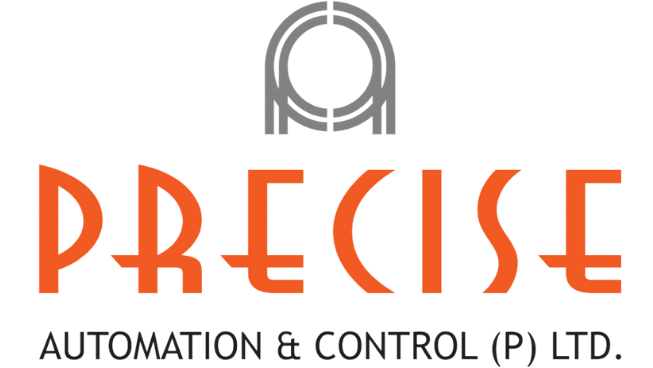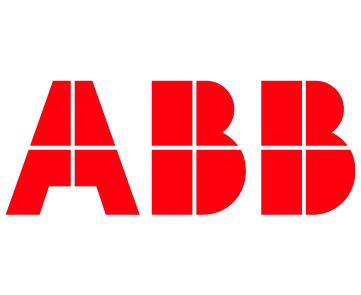Main Components of Industrial Automation
Main Components of Industrial Automation:
PLC – Programmable Logic Controller
DCS – Distributed Control System
SCADA – Supervisory Control & Data Acquisition
PLC:
A PROGRAMMABLE LOGIC CONTROLLER (PLC) is an industrial control system that continuously analyses the status of input devices and makes choices to control the state of output devices based on a custom program. To automate a process or machine, a PLC monitors inputs, makes choices based on its program, and controls outputs.
PLC has composed of three main parts:
-Input,
-CPU &
-Output.
Basic PLC Operation :
A PLC consists of Input modules, a central processing unit (CPU), and output modules. An input device collects digital or analog signals from various field devices known as sensors and converts them into a logic signal that the CPU may use. Depending on the program instructions stored in the system memory, the CPU makes decisions and executes control instructions. A programming tool provides the appropriate instructions, which specify what the PLC will do in response to the presented input. An operator interface allows the device to show process information and add new control settings.
Distributed Control System (DCS):
A distributed control system, or DCS for short, is a manufacturing plant control system with autonomous controllers scattered throughout the system.
The distribution of control system architecture throughout the plant has resulted in more efficient methods of improving control stability, process quality, and plant efficiency.
DCS are commonly used in the following processes-
-Oil and Gas
-Petrochemicals
-Chemical plants
-Nuclear power plants
-Water treatment plants
-Sewage treatment plants
-Food processing
-Automobile manufacturing
-Pharmaceutical manufacturing
A DCS is made up of both software and hardware. The simplicity of local installation with most controllers reduces installation expenses. On-site, low-latency automated control improves reliability, while central control functions and remote control alternatives allow for human oversight. Unlike a central controller system, individual processes have their own controllers with separate CPUs, allowing other processes to continue in the event of a breakdown.
What are the Functions of a DCS?
While DCS are used in a variety of industries to manage complicated production processes, they are most commonly seen in large, continuous manufacturing plants like Oil and Gas, petrochemical industry. Individual controllers receive instructions from the DCS, which are then distributed throughout the plant. When properly set, the DCS can increase safety while simultaneously increasing production efficiency.
SCADA:
Supervisory control and data acquisition is a control system architecture that consists of computers, networked data transfers, and graphical user interfaces for high-level monitoring of equipment and processes. This process can be industrial, infrastructure, or facility-based: Manufacturing, power generation, manufacturing processes, and refining are all examples of industrial processes that can run in continuous, batch, repetitive, or discrete modes. Water treatment and distribution, wastewater collection and treatment, oil and gas pipelines, electricity transmission and distribution, and other infrastructure activities are examples of public or private infrastructure activities.
Subsystems of SCADA:
The SCADA System is made up of subsystems. They are as follows:
a) A human-machine interface, or HMI, is a device that displays process data to a human operator and allows the human operator to monitor and control the process.
b) A supervisory (computer) system that collects (acquires) process data and sends commands (controls) to the process.
c) Remote terminal units (RTUs) link to process sensors, transform sensor signals to digital data, and transmit the digital data to the supervisory system.
PRECISE AUTOMATION AND CONTROL PVT LTD BOASTS A WIDE ARRAY OF INDUSTRIAL AUTOMATION SOLUTIONS WITH ASSOCIATION INDUSTRIAL AUTOMATION MARKET LEADER ABB SINCE 1999.
FOR MORE PROJECTS…
https://www.preciseautomation.in/project-work/
FOR QUOTATION…
https://www.preciseautomation.in/get-a-quote/
FOR CONTACT…
https://www.preciseautomation.in/contact/
STAY TUNED FOR OUR NEXT BLOG | ADVANTAGES & DISADVANTAGES OF INDUSTRIAL AUTOMATION


Leave a Reply